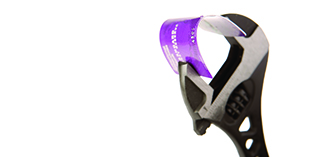Having a bad credit score can impact your ability to take out a loan, apply for a credit card, rent or buy a home, apply for a job, receive insurance or buy a car. Are you worried about your credit score? You’re not alone. Neither are you out of luck. First, there are the preventive measures. Consistently pay your bills on time. Pay monthly balances in full. If you borrow, keep your account balance around or below 50% of your credit limit.
But what if your score is already low? It may not work if you want to immediately shift to a score of 800, but you can slowly repair your score. Here are a number of tools for improving your credit.
- Get your credit score. (You can find it for free in many places online.) You actually have three credit scores—one for each of the three major credit bureaus, Equifax, Experian and TransUnion. Though they’re based on the same model, they tend to differ by as much as 20 points. Mortgage lenders will pull all three. Scores change whenever your creditors report new information, like your credit card balance. You’re entitled to one free credit report from each bureau every year, so take advantage of the opportunity. Get the reports at annualcreditreport.com and look for errors like misreported late payments and excessive loan amounts.
- Diagnose your credit score. It’s not enough to merely know your score.
- Pay bills within the grace period. Lenders report late bills after 30 days. After just one delinquency, your score can fall as much as a hundred points, so use this grace period to your advantage.
- Focus on paying off credit cards before other debt. Getting rid of a few thousand dollars on your credit card will go further toward improving your score than paying off your mortgage.
- Have a favorite credit card. You get penalized for having multiple balances, so limit most of your spending to one card. You should still make small charges on your other cards to avoid getting your inactive lines closed, which can hurt your utilization rate.
- Try to keep a 10 percent utilization rate. Just paying credit card balances off every cycle doesn’t mean you keep a 0 percent utilization—issuers report the total amount you charge each month to the credit bureaus. Use your cards sparingly. If you have a $20,000 credit limit, try to spend only $2,000


Recent Comments